The country I come from doesn’t seem to value its libraries. Between 2010 and mid-2019, the number of library branches in the UK fell by 773 to 3,583, and government spending on the library service dropped by 29.6 percent.
I feel lucky to live in Taiwan, where the authorities are willing to invest in this type of facility. If you’re a sun-shunning bibliophile, summer is the ideal season to bury yourself among books in one of the three landmark libraries described in this article.
NEW TAIPEI CITY MAIN PUBLIC LIBRARY

Photo: Steven Crook
The principal library in Taiwan’s most populous local government division occupies a 10-story edifice that was designed by JC Yang & Partners (楊瑞禎建築師事務所), working with Mark Casting Partnership (印記聯合建築師事務所) and opened to the public in 2015.
The exterior was inspired by the appearance of books on shelves. If you see this (not everyone does), it’s likely to be because the floor-to-ceiling glass panes vary in width, just as a bookcase contains some volumes thicker than others.
The building has received the highest possible Diamond rating under EEWH, Taiwan’s official sustainable-architecture certification system. The very first building in Taiwan to attain Diamond certification was also a library, Taipei Public Library, Beitou Branch (臺北市立圖書館北投分館).
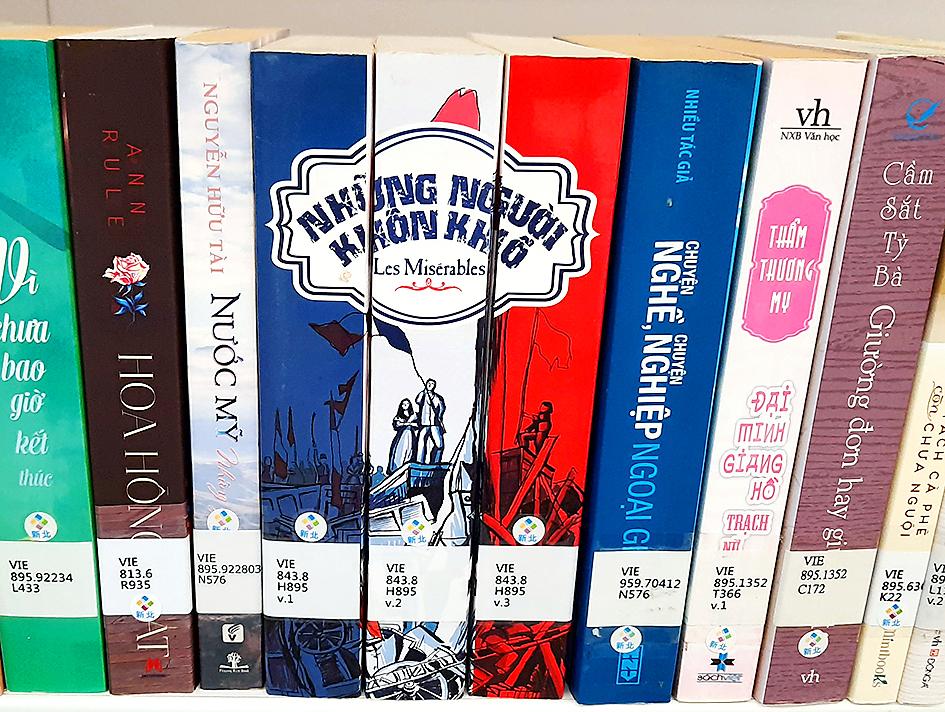
Photo: Steven Crook
Periodicals (many of which are in English) and newspapers (including the Taipei Times) are on the second floor. The Young Readers Area is on the third floor.
The indigenous cultures section on the sixth floor is modest, but in it I found a 380-page book that I’d never seen before: a collection of photos taken in the early 1990s of every surviving Atayal with traditional facial tattoos.
Part of the eighth floor is dedicated to books in simplified Chinese script; this is something I’ve not noticed in other libraries.

Photo: Steven Crook
Some of the library’s 726 seating spots are equipped with tables that rise or lower at the press of a button for the convenience of wheelchair users (and, presumably, individuals who are unusually large or small). One of the reading corners has padded armchairs and a Mediterranean color scheme, which is a nice change from the tolerable but bland decor elsewhere in the building.
Getting there
Far Eastern Hospital Station (亞東醫院站) on the Taipei Metro Blue Line is less than 500m away. There’s a YouBike node right outside the library.
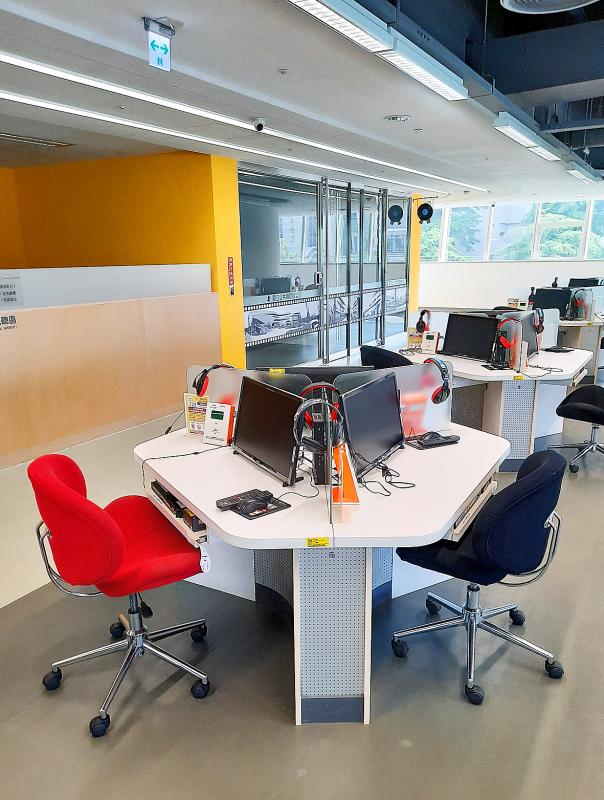
Photo: Steven Crook
NATIONAL LIBRARY OF PUBLIC INFORMATION
Why is there a national-level library with this name in Taichung? Back when Taiwan had a provincial government as well as a central government, many of the former’s bureaus were located in or near Taichung.
Among them was this library’s predecessor. It took its current name at the beginning of 2013, a few months after it relocated to this cruise ship-like building in the southwestern part of central Taichung.
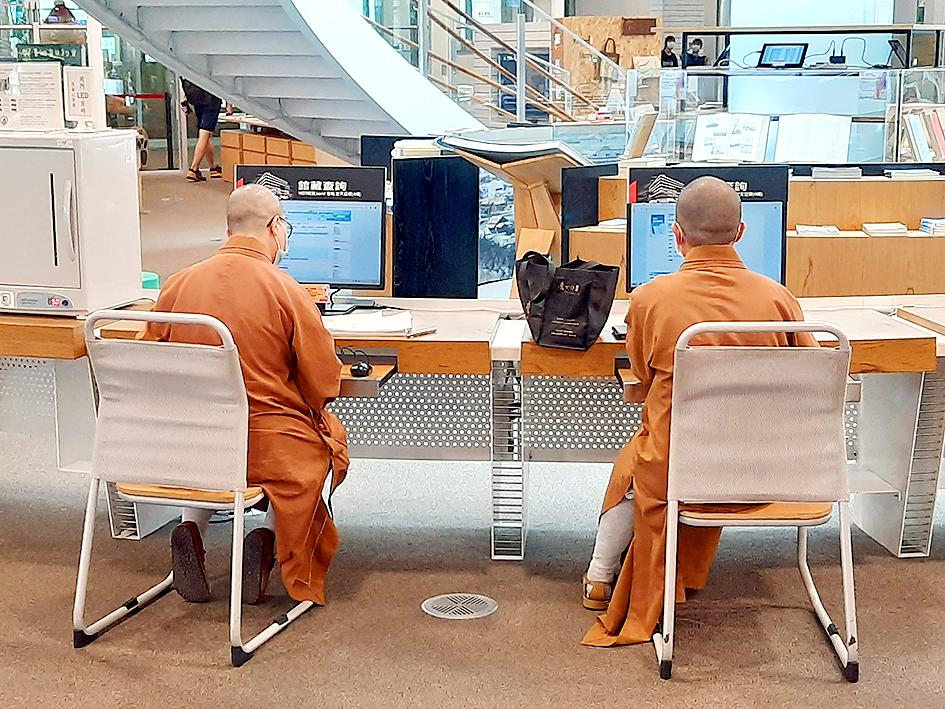
Photo: Steven Crook
The words “public information” conjure rows of official reports stuffed with dull statistics, but this library is filled with delights.
The second floor is dominated by VCDs, DVDs, and multimedia. Library members can watch these on-site in booths designed for individuals, two people or groups of up to eight.
If you think that coming here and watching a movie while snuggling up to your significant other would make for a cozy and wallet-friendly date, you should bear in mind that the booths don’t offer much privacy.
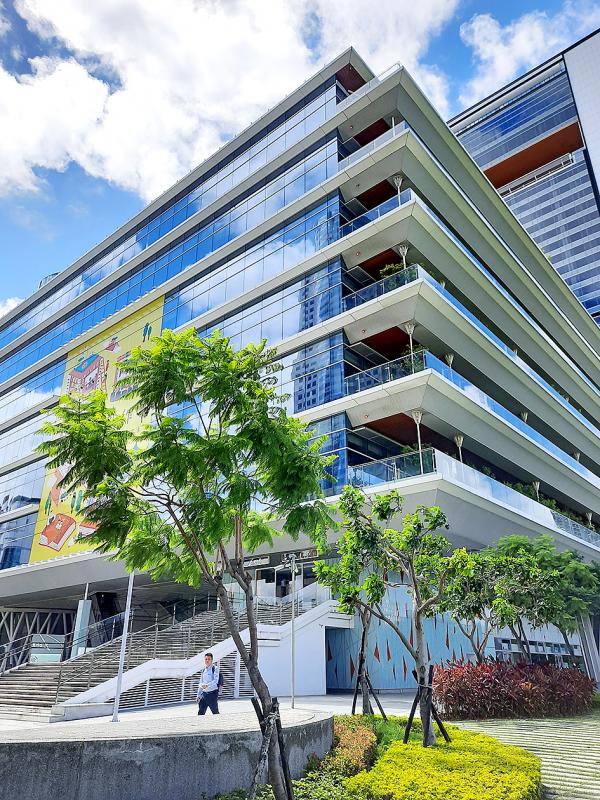
Photo: Steven Crook
The Indigenous Resource Center, a subsection of the Taiwan Materials zone on the third floor, has over 5,000 books relating to Taiwan’s Austronesian peoples. Most are in Chinese, but I did discover a French compilation of photos taken in Taiwan between 1850 and 1920, and a volume that catalogs the Aboriginal artifacts collected by Canadian George L Mackay, the most famous missionary in Taiwan’s history.
There are also two copies of a massive book that many people have admired but few have bought. The Historical Atlas of Indigenous Taiwan 1624-1944, published in 2016 by the Executive Yuan’s Council of Indigenous People, is priced at NT$24,000. The maps it contains are fascinating, but would benefit from some additional commentary.
Comic books fans can happily spend hours in the Young Adults section on the fifth floor, while foreigners will find a surprising amount of English-language fiction nearby.
The choice of nonfiction English-language books about Taiwan leaves a bit to be desired. It would be nice to see the reprints that SMC (南天書局) has been producing for years, and titles published by Camphor Press, make their way into local libraries.
Getting there
Take a local train to Wuquan TRA Station, which is one stop south of Taichung Main Station and three stops north of Xinwuri TRA Station/Taichung HSR Station.
KAOHSIUNG MAIN PUBLIC LIBARY
Kaohsiung City Government’s ambitious plan to redevelop its waterfront has resulted in several eye-catching buildings. In terms of popularity with the general public, the city’s newish main library is probably the most successful of these projects.
If you go up to the eighth floor and then onto the library’s roof, you’ll find the New Bay Garden and a small performance space. The view over the harborside is pretty good — look northwest and you’ll notice the old lighthouse on Mount Cihou (旗後山).
Floors three to seven have broad balconies that run the entire length of the building’s south and east faces. Small trees and shrubs have been planted alongside the walkways on these balconies.
Because almost all of the windows are floor-to-ceiling, and many of the study desks face outside, during the daytime very little artificial lighting is needed inside the library.
English speakers are likely to find books on the topics that interest them on the fifth floor, but certain subjects are concentrated elsewhere. Architecture books, for instance, are on the fourth floor.
As in the other two libraries I’ve featured, Kaohsiung Main Public Library has an impressive number of books in Southeast Asian languages. On the fifth floor, I looked inside more than a dozen Vietnamese-language books; not one, as far as I could tell, had ever been borrowed, and some of them have been in the collection since 2014.
Nonetheless, Kaohsiung’s library system should be commended for reaching out to the city’s Southeast Asian population through one of its mobile libraries. This vehicle tours Kaohsiung’s industrial zones, making it much easier for factory workers to borrow books and magazines in their native languages.
Getting there
The library is a short walk from Kaohsiung Exhibition Center Station (高雄展覽館站) on the Circular Light Rail, and a bit further from Sanduo Shopping District Station (捷運三多商圈站) on the Kaohsiung Metro’s Red Line.
Steven Crook has been writing about travel, culture and business in Taiwan since 1996. He is the author of Taiwan: The Bradt Travel Guide and co-author of A Culinary History of Taipei: Beyond Pork and Ponlai.
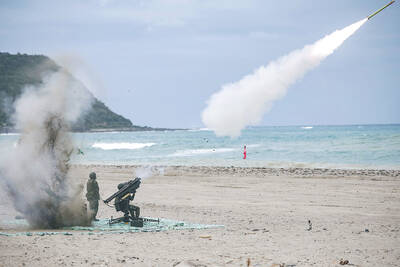
In late October of 1873 the government of Japan decided against sending a military expedition to Korea to force that nation to open trade relations. Across the government supporters of the expedition resigned immediately. The spectacle of revolt by disaffected samurai began to loom over Japanese politics. In January of 1874 disaffected samurai attacked a senior minister in Tokyo. A month later, a group of pro-Korea expedition and anti-foreign elements from Saga prefecture in Kyushu revolted, driven in part by high food prices stemming from poor harvests. Their leader, according to Edward Drea’s classic Japan’s Imperial Army, was a samurai
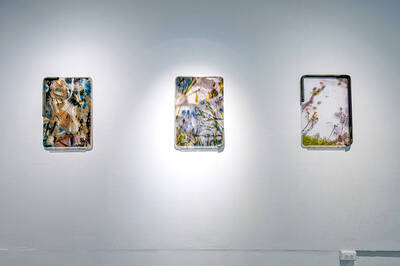
Located down a sideroad in old Wanhua District (萬華區), Waley Art (水谷藝術) has an established reputation for curating some of the more provocative indie art exhibitions in Taipei. And this month is no exception. Beyond the innocuous facade of a shophouse, the full three stories of the gallery space (including the basement) have been taken over by photographs, installation videos and abstract images courtesy of two creatives who hail from the opposite ends of the earth, Taiwan’s Hsu Yi-ting (許懿婷) and Germany’s Benjamin Janzen. “In 2019, I had an art residency in Europe,” Hsu says. “I met Benjamin in the lobby

April 22 to April 28 The true identity of the mastermind behind the Demon Gang (魔鬼黨) was undoubtedly on the minds of countless schoolchildren in late 1958. In the days leading up to the big reveal, more than 10,000 guesses were sent to Ta Hwa Publishing Co (大華文化社) for a chance to win prizes. The smash success of the comic series Great Battle Against the Demon Gang (大戰魔鬼黨) came as a surprise to author Yeh Hung-chia (葉宏甲), who had long given up on his dream after being jailed for 10 months in 1947 over political cartoons. Protagonist

Peter Brighton was amazed when he found the giant jackfruit. He had been watching it grow on his farm in far north Queensland, and when it came time to pick it from the tree, it was so heavy it needed two people to do the job. “I was surprised when we cut it off and felt how heavy it was,” he says. “I grabbed it and my wife cut it — couldn’t do it by myself, it took two of us.” Weighing in at 45 kilograms, it is the heaviest jackfruit that Brighton has ever grown on his tropical fruit farm, located